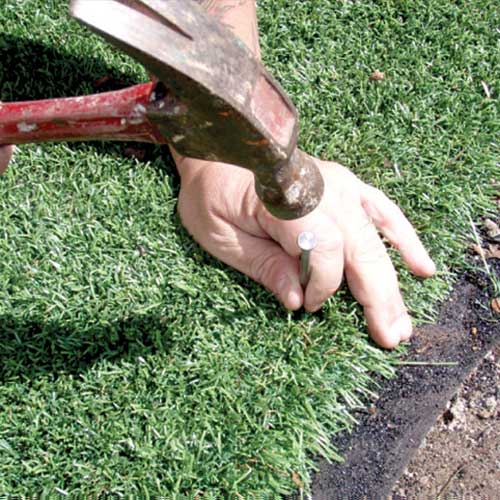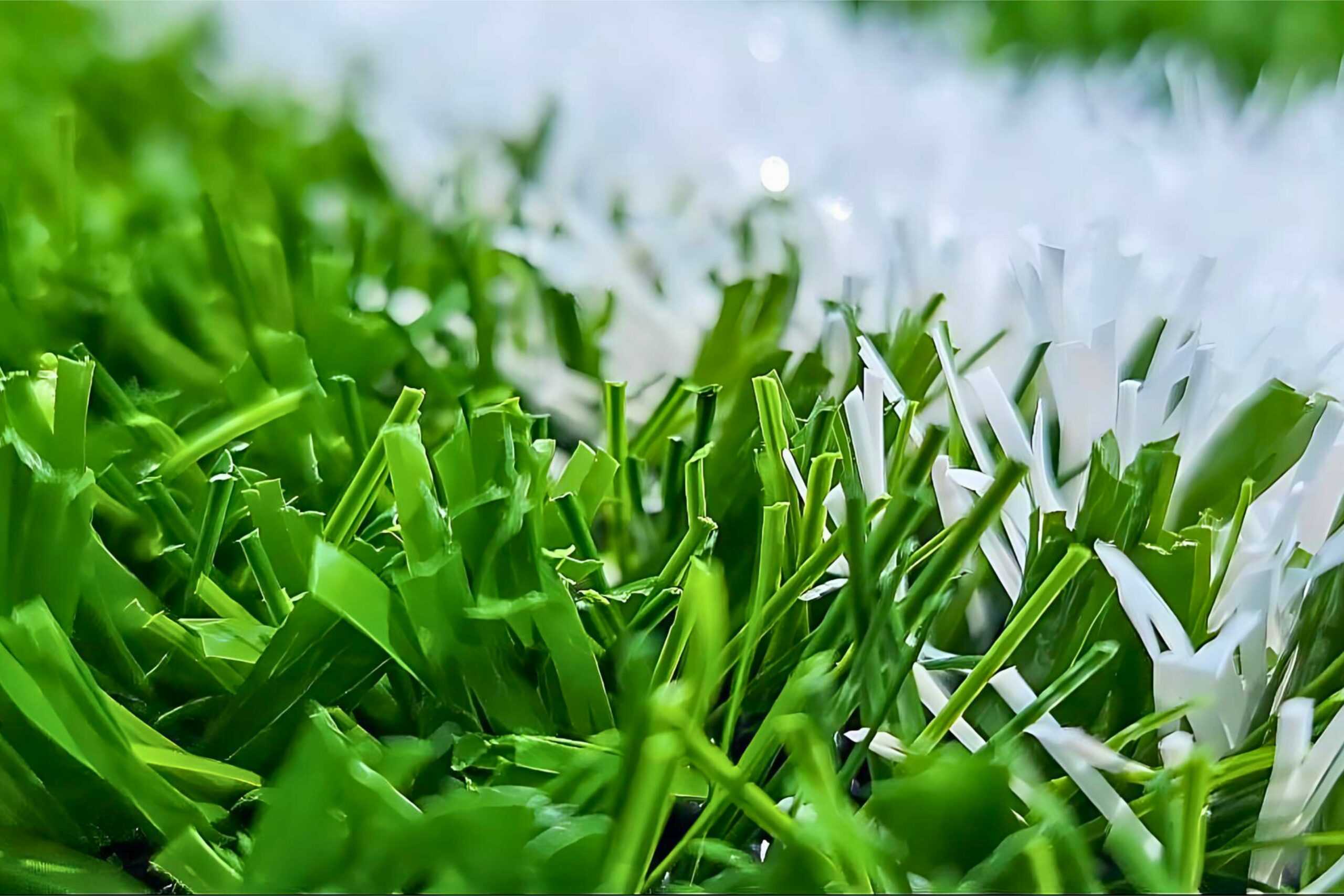High-Quality Arizona Turf Options for a Stunning and Lush Landscape
High-Quality Arizona Turf Options for a Stunning and Lush Landscape
Blog Article
Delve Into the Environmental Conveniences of Opting for Artificial Lawn Solutions
The adoption of fabricated grass services provides a compelling chance to resolve pressing ecological difficulties. By considerably lowering water usage and decreasing the application of dangerous chemicals, these options not only advertise sustainable landscaping yet also secure regional environments.
Water Preservation Benefits
One of the most significant advantages of fabricated lawn is its ability to conserve water. In contrast, fabricated grass does not need watering, substantially lowering the general need for water resources.
By getting rid of the demand for regular watering, fabricated grass adds to sustainable landscape methods and helps alleviate the ecological impact of excessive water usage. Furthermore, the conservation of water encompasses the reduction of overflow, which can lead to soil erosion and waterway contamination.
Furthermore, the installation of synthetic grass enables communities and homeowners to assign water resources much more efficiently, concentrating on vital usages such as drinking water and agriculture. The change in the direction of artificial lawn not only promotes liable water usage yet likewise straightens with more comprehensive environmental goals targeted at protecting natural deposits.
As areas increasingly focus on sustainability, the water conservation benefits of synthetic lawn provide a compelling situation for its fostering in commercial and household landscape design tasks.
Decreased Chemical Usage
The transition to synthetic grass considerably reduces the dependence on chemical therapies frequently made use of in natural grass upkeep. Traditional turf management commonly includes the application of plant foods, herbicides, and pesticides to promote growth and control insects. These chemicals can posture dangers to human health and wellness, local wildlife, and the environment, adding to soil and water contamination.
On the other hand, synthetic grass eliminates the demand for these unsafe compounds. As soon as installed, it requires marginal maintenance, mainly being composed of normal cleaning and infrequent infill replenishment. This reduction in chemical use not only benefits the immediate setting but likewise adds to more comprehensive eco-friendly stability. By reducing the launch of artificial compounds into the environment, synthetic grass promotes much healthier dirt and water supply.
Furthermore, the absence of chemical overflow related to synthetic grass setups assists protect local waterways from air pollution, supporting marine life and preserving biodiversity. Phoenix turf companies. As areas progressively prioritize sustainable methods, choosing synthetic grass presents a practical remedy that straightens with ecological preservation objectives. With this change, homeowner can appreciate rich green areas without jeopardizing environmental wellness, leading the way for a more lasting future
Lower Carbon Impact

Furthermore, the installation of synthetic grass can result in significant water preservation. All-natural yards need substantial amounts of water for irrigation, which not only contributes to the carbon footprint connected with water extraction and treatment however likewise stress local water resources. In comparison, synthetic lawn needs minimal maintenance, requiring no watering, thus significantly lowering water usage and its associated power prices.
Additionally, the longevity of man-made grass adds to its decreased carbon effect. With a life-span of approximately 15 years or even more, the requirement for regular replacements is reduced, resulting in less waste and lower power consumption in production and dealing with typical grass alternatives. On the whole, artificial grass offers a lasting alternative for environmentally conscious landscaping.
Environment Conservation
Habitat preservation is an important consideration in the dispute over landscaping selections, particularly when contrasting synthetic lawn to all-natural turf. Natural grass lawns frequently call for substantial upkeep, consisting of making use of herbicides, plant foods, and pesticides, which can negatively impact neighborhood communities. These chemicals can seep into the dirt and waterways, damaging indigenous flora and animals and disrupting neighborhood habitats.
On the other hand, fabricated turf offers a chance to lower the ecological footprint of landscape design. By choosing artificial yard, house owners can reduce the disturbance of natural environments related to traditional lawn care techniques. Fabricated lawn gets rid of the demand for harmful chemicals, thereby protecting close-by wildlife and preserving the stability of bordering communities. In addition, the installation of synthetic lawn can result in the conversion of former yard locations right into more biodiverse landscapes, such as pollinator gardens or native plant areas, which can sustain neighborhood wildlife.
Eventually, the change to artificial lawn not just preserves water and decreases upkeep efforts but also fosters an extra unified partnership in between human activities and the natural setting, promoting habitat preservation while doing so.
Long-Term Sustainability
Lasting sustainability is a crucial element in reviewing the advantages of artificial grass over traditional grass yards. One of the most substantial advantages of synthetic grass is its toughness; it can last as much as 15-20 years with minimal upkeep, whereas all-natural turf requires constant reseeding and replacement. This longevity decreases the need for consistent resources, such as water, plant foods, and pesticides, which are important for maintaining a healthy and balanced yard lawn.
Additionally, synthetic lawn adds to a decrease in carbon discharges connected with lawn treatment tools. Standard grass commonly require gas-powered lawn mowers, trimmers, and blowers, every one of which add to air contamination. Phoenix turf companies. On the other hand, man-made lawn gets rid of the demand for such devices, advertising a cleaner environment
Additionally, the manufacturing of synthetic grass progressively makes use of recycled materials, improving its sustainability account. As suppliers adopt eco-friendly methods, the ecological impact of synthetic lawn remains to decrease.

Final Thought
The fostering of man-made grass solutions offers look these up substantial environmental benefits, including significant water conservation, lowered dependence on damaging chemicals, and a reduced carbon footprint. Artificial grass help in protecting all-natural habitats by lessening land disturbance and promoting lasting sustainability through the usage of durable products. Collectively, these elements emphasize the possibility of synthetic grass to contribute favorably to ecological health and use a viable option to traditional landscaping methods in an increasingly resource-conscious world.
In contrast, fabricated turf does not need watering, dramatically reducing the general need for water resources. By lessening the release of synthetic compounds right into the community, artificial grass advertises healthier soil and water systems.
In addition, the installment of artificial turf can result in considerable water preservation. In comparison, man-made lawn requires marginal upkeep, calling for no watering, therefore significantly reducing water usage and its associated energy costs.

Report this page